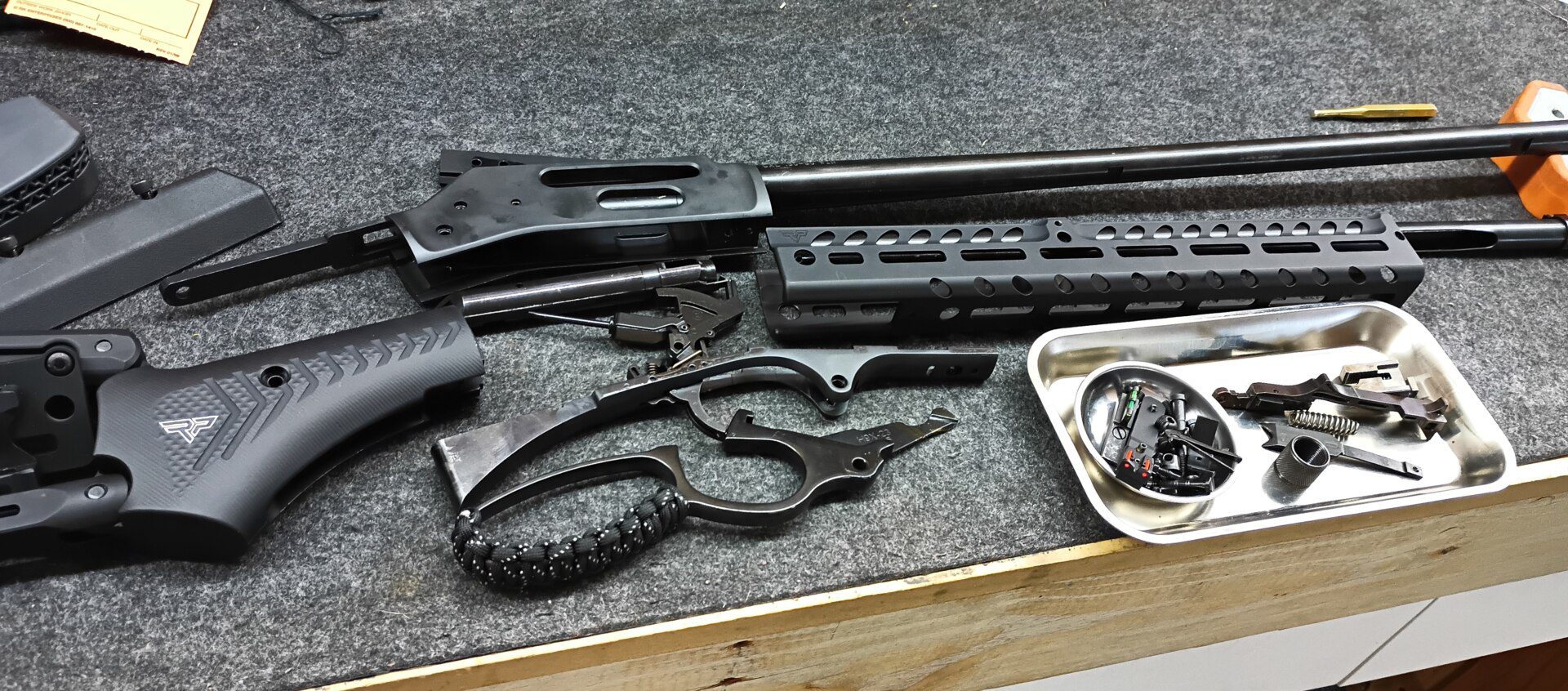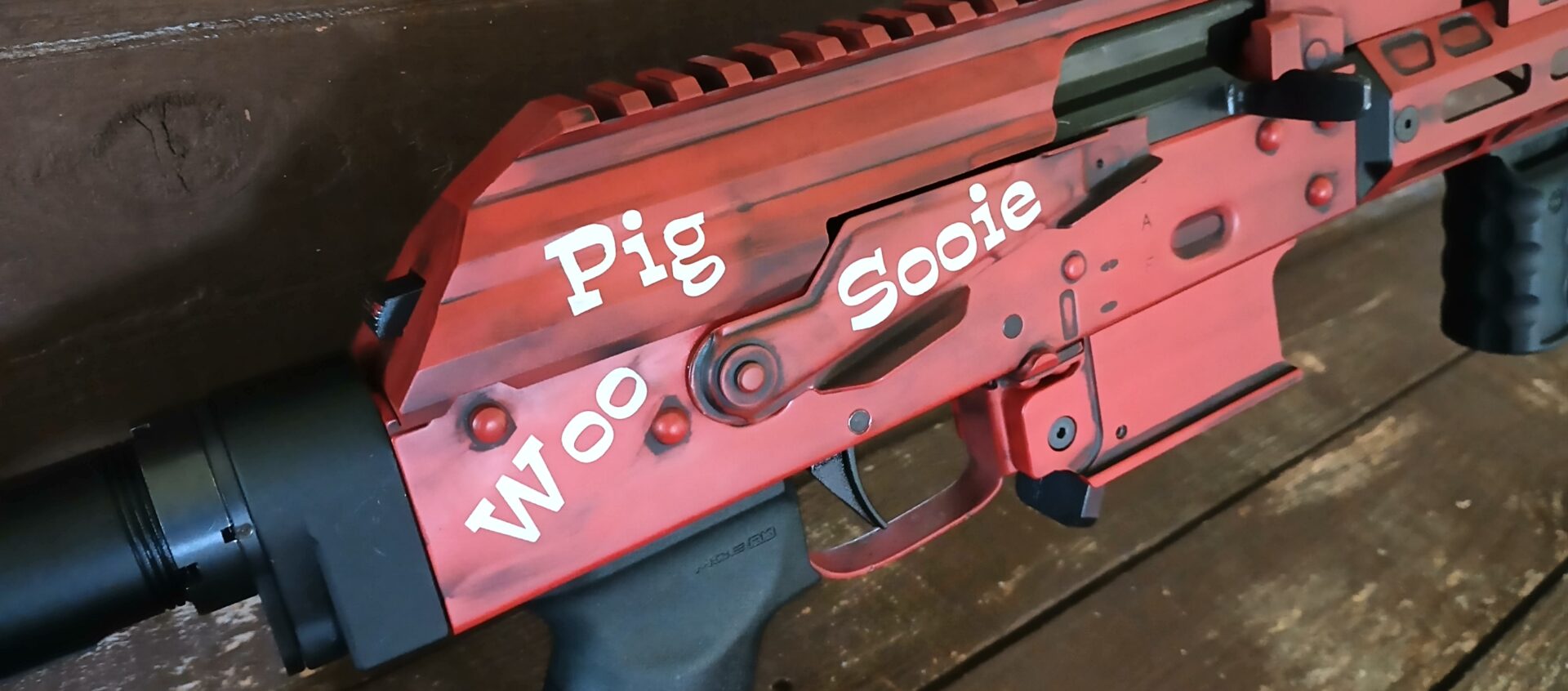A Pistol Trigger Job Improves Trigger Pull, Resolves Grittiness and Inconsistency
Cleaning, proper lubrication and parts replacement can improve trigger pull but may not resolve grittiness or inconsistency in movement. A pistol trigger job addresses these issues by stoning, honing or smoothing the interfacing metal surfaces of the hammer/striker and trigger.
Start with a well-functioning gun and a parts diagram to verify that the hammer/striker is properly installed. Consult manufacturer specifications and do not alter any components that could render the pistol unsafe.
Disassembly
Most pistols, even those with a fairly low trigger-pull weight, can benefit from some stoning or honing of the interfacing metal surfaces of their fire-control mechanisms. This is particularly true of those with a rough, gritty or inconsistent feel during operation, which can be improved by cleaning and lubrication.
A gunsmith can do this, but a competent owner can also learn to perform the task himself. This requires some careful disassembly to avoid removing parts which are under spring pressure and is not recommended for beginners who do not have adequate experience with handguns.
Start by releasing the hammer strut. Then place an appropriately-sized disassembly pin or nail in the hole at the base of the strut (fig. 3-33) and, controlling the hammer with your thumb, slide the main spring assembly back to remove it. Repeat the process to remove the hammer and strut from the frame. Once this is done, the slide stop can be removed by pushing it forward against the spring.
Reassembly
Before the Series 80 pistols, it was possible to disassemble and reassemble 1911 type pistols without any tools at all other than maybe a pair of tweezers and a punch. But with the modern models, a work table/bench is recommended to give yourself somewhere to put all the parts as you remove them. It will help you keep track of which screw came from where, too.
When reassembling the slide assembly, it’s important to remember that the compressed mainspring is still in danger of launching itself forward from the barrel link slot when the stop plate is removed, so it’s necessary to exercise extreme caution and be mindful of your surroundings as you do so. Also, make sure all safety devices are functioning properly before attempting to shoot the pistol. Many law enforcement officers get trigger jobs done on their service revolvers to reduce the heavy double-action (DA/SA) trigger pull. The process involves stoning, honing or grinding the interfacing metal surfaces of the original trigger components to smoothen and lighten the trigger-pull weight.
Polishing
Polishing the transfer bar and pawl requires some skill because there is pressure on them from springs. A person who attempts to polish these parts without sufficient knowledge could take off too much metal and cause problems.
Likewise, modifications to the interface between the frame ramp and the throat (which is responsible for managing the transition of cartridges from the magazine to the barrel) are dangerous and should only be attempted by an experienced gunsmith. If a person changes the angle or contour of the feed ramp, it might result in a one-way ticket to malfunction junction.
Another area that might be polished to reduce trigger friction is the trigger bow, which begins behind the trigger and extends forward around the grip safety. It should be checked to ensure it is free to move and not snagging on any part of the frame or magazine. The bow is also a common target for a trigger job to improve, but it contributes very little to the overall pull weight.
Testing
The trigger of a pistol is designed to release the firing pin to strike the cartridge primer positioned ahead of it. This ignites the propellant powder, generating enough shock-sensitive compounds to fire a projectile. The trigger must be able to reliably engage and discharge the primer. It can be challenging to achieve this objective.
Testing and inspection are necessary to identify issues that can affect the reliability of a pistol. One important factor is the “creep” that develops between the trigger break and the point when the trigger finger begins to exert pressure to begin shooting.
This erratic movement is usually caused by a combination of the residual push from the finger and the sudden drop in resistance during the trigger’s shortest travel distance. A simple test can be performed to evaluate this problem: Unload the pistol, cock the hammer and then, with the thumb safety off, squeeze the trigger. If the hammer fails to fall past the half-cock position notch, the hammer and/or sear must be replaced.




